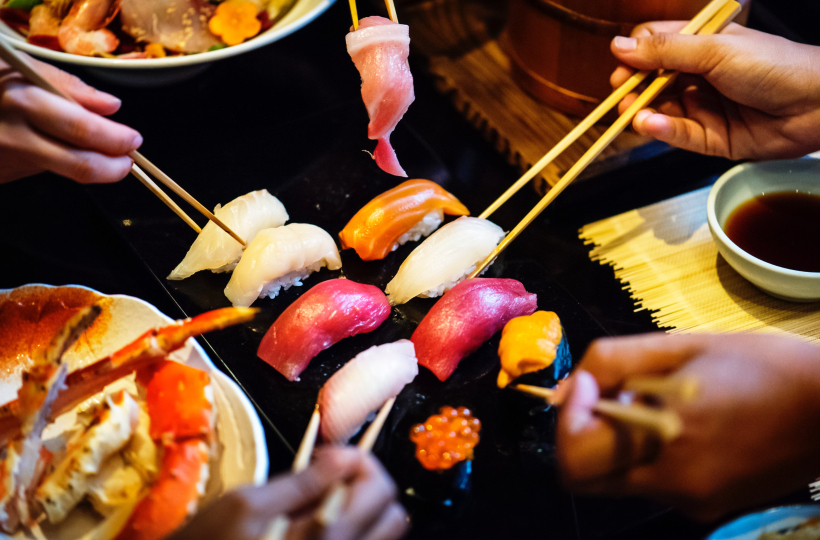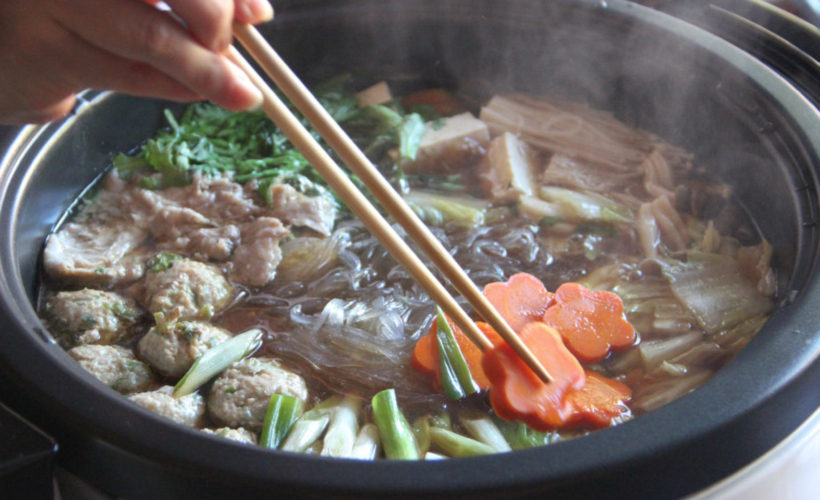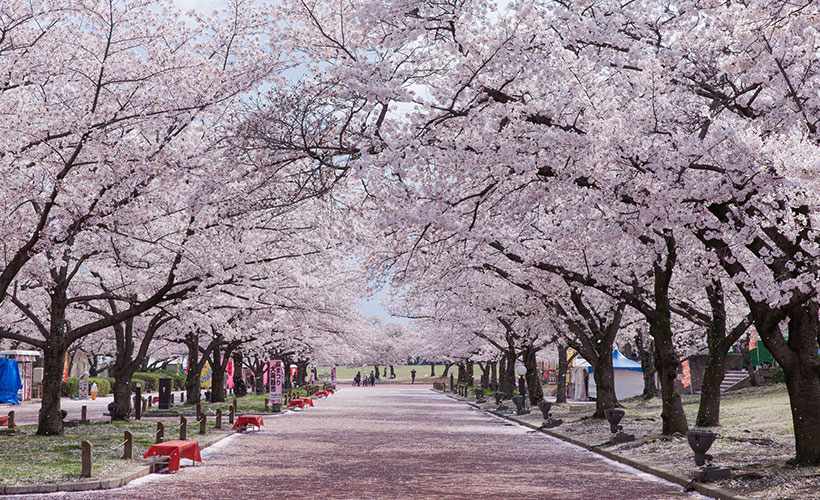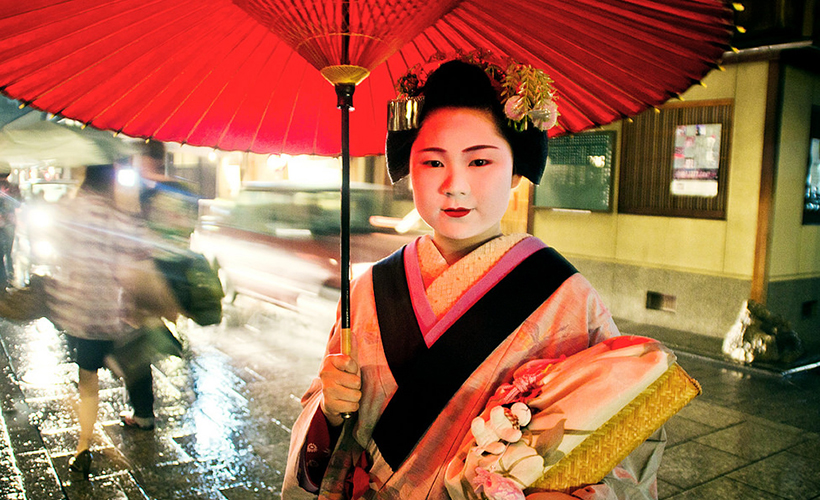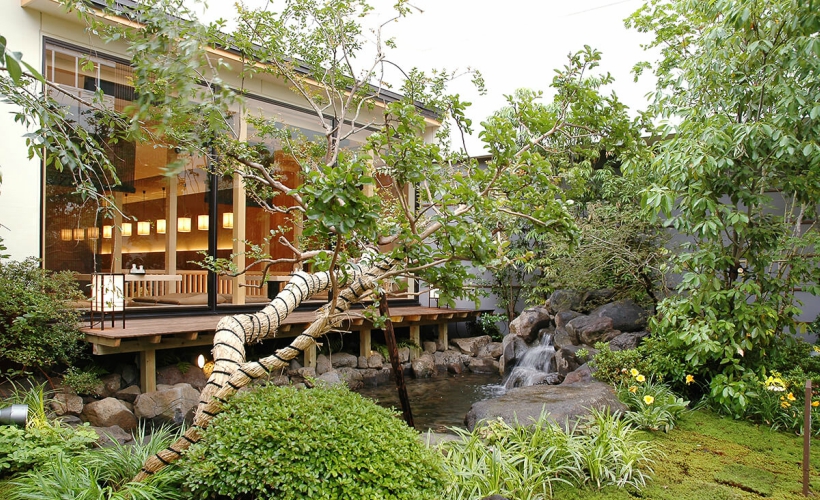Even though Japanese food is one of the world’s most famous and well-loved cuisines, you’ll find that a majority of Japanese restaurants specialise in sushi, ramen, and the like. In a way, this limits the knowledge of those who’ve never been to Japan about its cuisine, which is more than just fresh fish and noodles.
There are many lesser-known dishes well-loved by the Japanese, but not popularised enough that it’s associated with the country beyond its borders. Here are six Japanese dishes that you simply must try:
1. Goya chanpuru (Okinawan stir-fry)
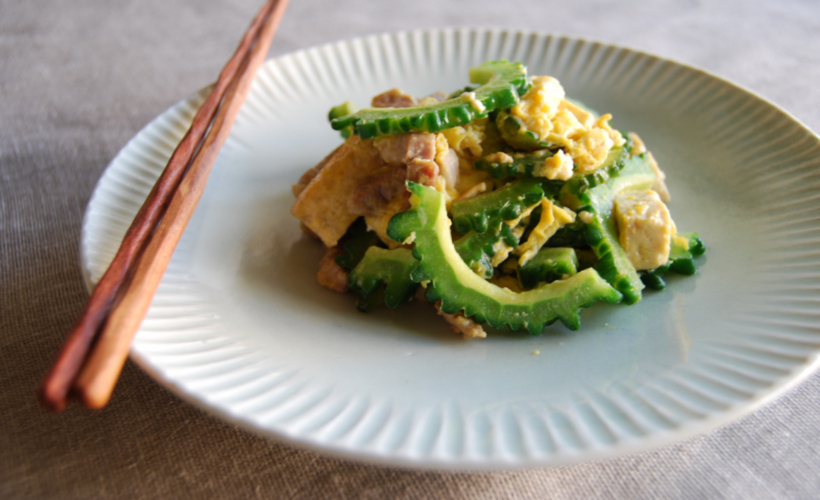
Straight out of Okinawa, Japan’s southernmost prefecture, is goya chanpuru. The food here is generally not well-known, however, its cuisine is a delicious portrayal of the island’s history. For this dish, ‘goya’ is bitter gourd and ‘chanpuru’ comes from the Malay word ‘campur’ (meaning to mix).
Goya chanpuru is essentially a stir-fry of bitter gourd, crumbled tofu, eggs, and thinly sliced pork. The ingredients may vary, and you might see the addition of bean sprouts or luncheon meat. This is due to the US Navy’s historical influence, when cans of luncheon meat were given to Okinawan families during tough times of war, and also as part of a campaign to win their trust. Previously a local specialty, the dish has slowly spread to the mainland thanks to media influence.
2. Hiyashi chuka (cold noodles)
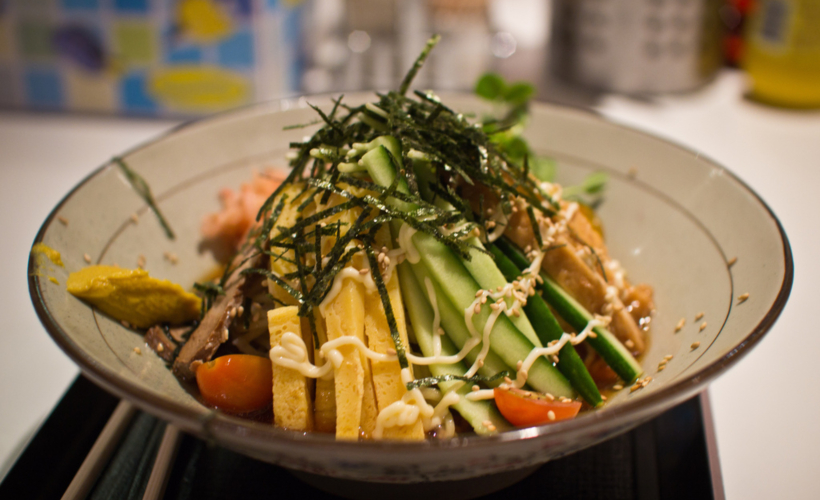
‘Hiyashi’ means chilled, while ‘chuka’ translates to Chinese or Chinese food, so the dish is comprised of chilled noodles dipped in a delicious, salty sauce with an array of julienned meats and vegetables arranged on top. Pleasing to the eye and even more pleasing to the palate on a hot day, hiyashi chuka is a symbol of summer, when ramen (wheat noodle) and chuka restaurants offer this seasonal treat. At one point, it even became a symbol for locals signifying the changing of seasons.
Now, this dish is readily available pre-packaged in konbini (convenience stores) across the country, giving even tourists the opportunity to experience the taste of a Japanese summer. Hiyashi chuka may also be called hiyashi ramen in some places, with ramen noodles being used instead.
3. Monjayaki (savoury pancake)
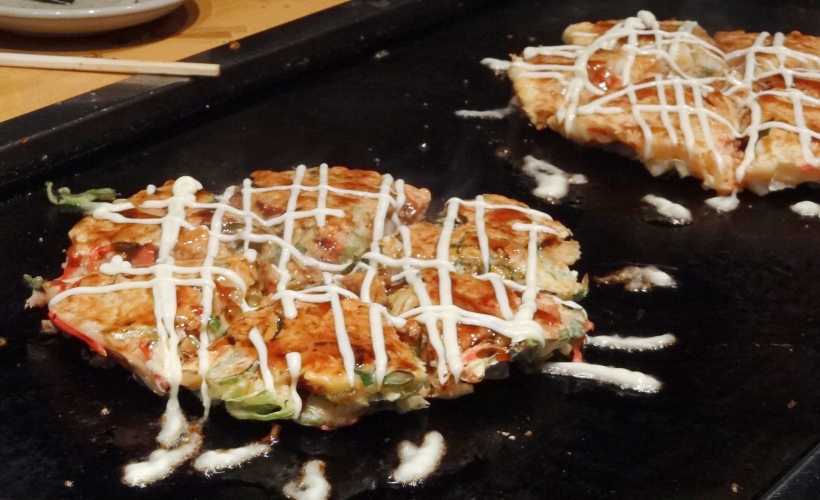
Similar to the famous street food okonomiyaki, monjayaki is runnier and gooier in terms of texture. Popular among the locals, there’s even a street in Tokyo with over 100 different monja restaurants called Tsukushima Monjadori, where the dish allegedly originated from.
Some of the different monjayaki you can find here include Mentai Mochi Cheese Monja or Kaisen Monja, a variant filled with fresh seafood, adding extra bite and flavor to the dish. The batter also has more liquid content than usual, making the texture deliciously gooey on the inside, yet crispy on the outside. Although its appearance may be slightly off-putting, we promise you’ll love the mix of crispiness and gooeyness.
There’s also a special way to eat Monjayaki. It is eaten with small metal spatulas and is meant to be eaten right off the grill. Scoop off some batter from the edge and press it down onto the grill for a few seconds until it caramelizes and crisps up.
4. Chankonabe (sumo stew)
Chankonabe is a Japanese stew eaten in vast quantities by sumo wrestlers to help them gain weight. Initially only eaten by sumo wrestlers, many Japanese have also embraced it as a meal to fill up their bellies for dinner, especially in winter. Likely because many retired wrestlers have opened restaurants specialising in the stew.
It can contain any type of meat and vegetables as there’s no fixed recipe, however, it’s almost always served exclusively with chicken. This stems from the idea that sumo wrestlers should always be on two legs and not four during tournaments.
Chankonabe itself has a simple, sweet, and umami flavour. The soup itself is made from dashi or chicken stock, with mirin (sweet cooking wine) to add depth and acidity. Other ingredients may consist of tofu, chicken pieces, carrots, napa cabbage and daikon (winter radish).
5. Ochazuke (rice in hot tea)
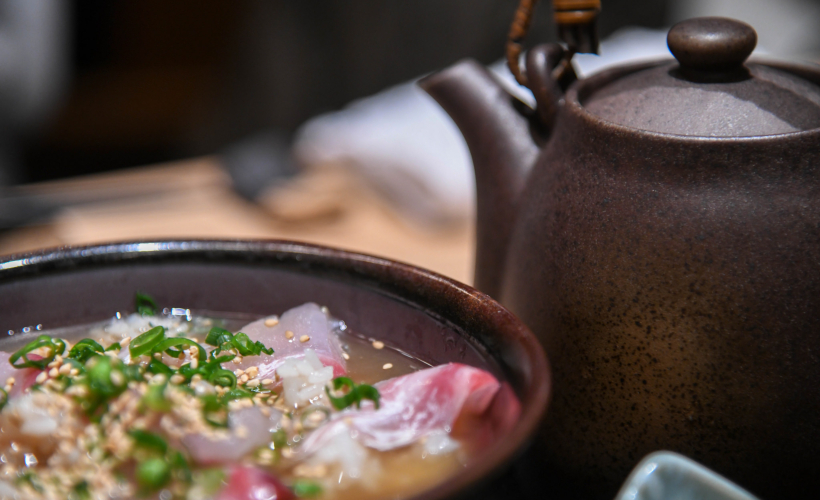
I know the idea of pouring hot tea and dashi stock over rice and toppings may come across as strange, but allow me explain why ochazuke should be on your list of things to try. The hot broth enveloping the rice topped with seaweed, salted salmon flakes and umeboshi (pickled, salted plums) turns it into a comfort food. Though not very filling, ochazuke is usually eaten as a heavy snack. It’s also great for when you’re feeling under the weather.
At one point, only hot water was used to make ochazuke back in the Heian period. Around the Edo period, when the drinking of green tea became more widespread, people began to use green tea instead. These days, instant ochazuke is easily available and an affordable way to get in a quick meal.
6. Ekiben (railway boxed meals)
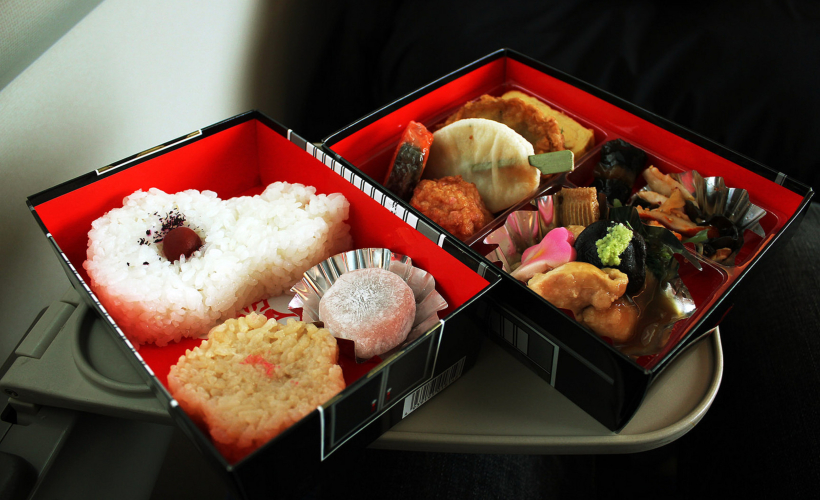
With so many varieties, you’re sure to find and ekiben you’ll love. Ekiben are boxed meals that are meant for railway travellers, hence why you’ll find them at train stations, or even on a train itself. What makes them different from your convenience store bento is that they’re convenient and portable, and most importantly, showcase a region’s culinary specialties and agriculture.
For example, the kamameshi ekiben from Gunma Prefecture is served in a ceramic pot that can be reused to cook rice! Filled with ingredients like shiitake mushrooms, chicken, green peas, burdock root, chestnuts, and apricots, they pay homage to the abundance of the produce that grows in Gunma’s mountainous region.
Another must-try is the echizen kanimeshi ekiben. Hailing from Fukui, a prefecture bordering the seas of Japan, their rendition sees a thick layer of sweet snow crab flesh on a bed of rice that was steamed and mixed with the flavourful innards of female snow crabs! I can’t think of a better way to get to know a place you’re visiting than by sampling their local cuisine while enjoying the scenery flit past.

